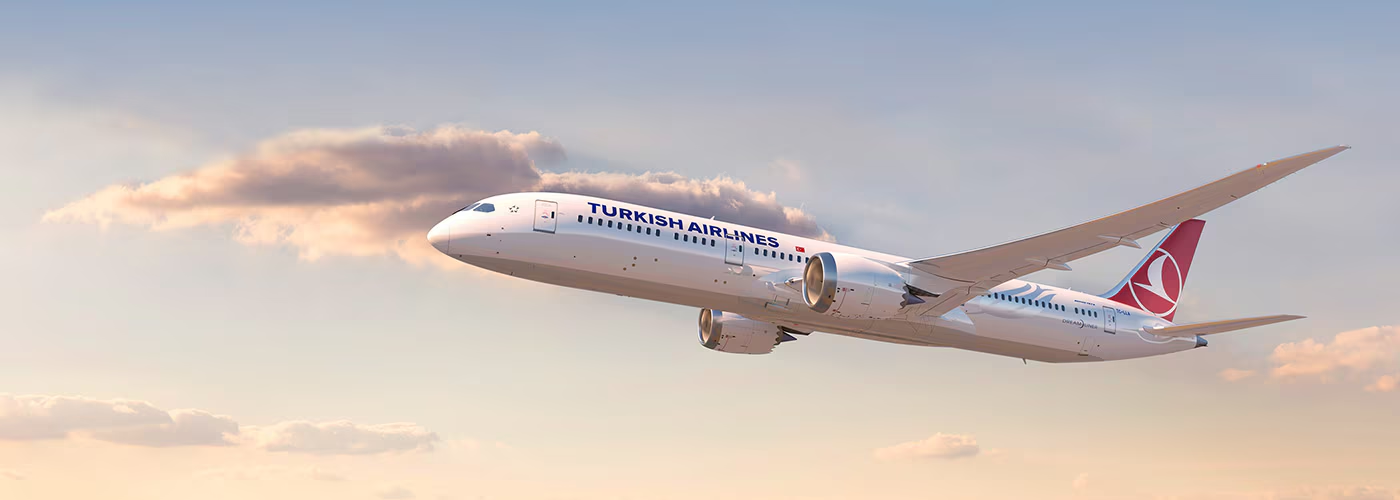Convertiplane
As the name stands for a plane that converts, but exactly in what? First of all, the plane needs to take off vertically and landing as well, so it is VTOL (Vertical take-off and landing), specifically using a rotor, and in a normal regime fly like a fixed-wing aircraft. This is a definition from the Fédération Aéronautique Internationale (FAI).

The most common aircraft configuration in this category is the proprotor, its rotor blades for vertical take-off become propellers for horizontal flight. There are two main types of proprotor, tilt-rotor and tilt-wing. Therefore, the difference lies in the mechanism to divert the propulsion along the wing.

An example of a Tilt rotor is The Bell Boeing V-22 Osprey Military, with two engines, the rotors work as a helicopter rotor for taking off vertically and then in flight they lean forward similar to an airplane. Within this type, the AgustaWestland AW609, a civilian aircraft with outstanding flight performance.
On the other hand, in the Tilt wing aircraft, the system works in such a way that the whole system rotates (the engine and the wing) simultaneously. An example of this aircraft, the Vertol VZ-2 or Hiller X-18.

The convertiplane seems to be a versatile aircraft for many environments since it can be operated in a heliport and airport, has a high top speed due to the horizontal tilt configuration, and the maneuverability needed in different places.
References:
https://www.popularmechanics.com/
Cover photo:
Peter Gronemann/commons.wikimedia.org
You might also like:
- Sydney Airport Commits $200M for Major Terminal Transformation
- Boeing Initiates 777-9 Certification Flight Trials with the FAA
- Delta Air Lines Orders 20 Airbus A350-1000 Aircraft
- FAA Cracks Down on Unruly Passengers
- Airbus Delays ZEROe Hydrogen Aircraft Program by Up to a Decade
Discover more from Aviation for Aviators
Subscribe to get the latest posts sent to your email.














3 comments